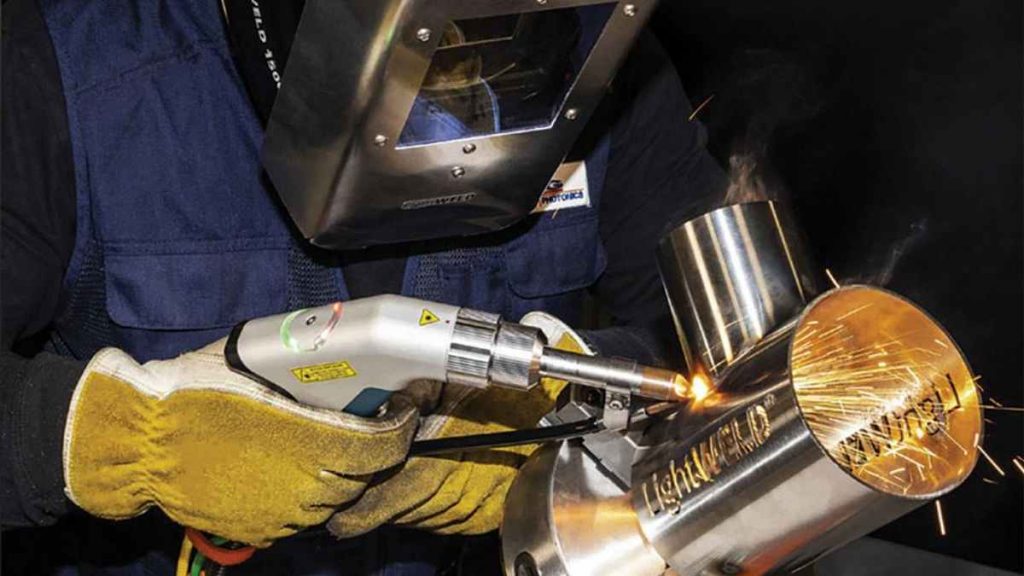Medical technology advancements have revolutionized how healthcare professionals provide care to their patients. One of the latest innovations in medical devices is laser welding technology, which helps create more reliable and advanced medical equipment and devices. With the help of this technology, medical professionals can now create medical equipment and devices with improved accuracy, precision, and durability. The article will look at the various benefits of medical laser welding technology and how it’s revolutionizing medical equipment and devices.
1. Increases Access to Life-Changing Medical Devices
Medical laser welding technology is revolutionizing the healthcare industry, making life-changing medical devices more accessible and affordable. With lasers, medical device manufacturers can weld components and perform repairs with short turnaround times, thus reducing downtime for products needing repair. That also reduces overall costs associated with medical care and maintenance.
That way, healthcare practitioners can attend to more patients much faster without delays which could have otherwise occurred due to downtime. Additionally, many surgical instruments that were previously difficult or impossible to maintain are now repairable using laser welding. In this way, you can avoid costly replacements resulting in significant cost savings for hospitals and patients.
2. It Can Provide a Superior Seal in Sterile-Critical Applications
A reliable medical laser welding company like Micro Weld, Inc can provide a superior seal in sterile-critical applications. Traditional welding methods may leave tiny cracks that let bacteria or contaminants enter. On the other hand, the higher temperatures used in laser welding help create a tighter and more sterile seal.
That’s especially beneficial when dealing with medical implants and surgical instruments that must be completely sterile. The precision of laser welding also helps reduce stress and distortion on the welded material, helping to ensure a secure seal every time.
3. It Provides Significant Design Flexibility
Medical laser welding technology is highly customizable and provides excellent design flexibility. With lasers, it’s possible to weld complex and intricate shapes precisely. That makes it easier to create new, innovative designs for medical devices that are suitable to meet the needs of patients.
Lasers also make it easier to weld multiple materials, allowing for more intricate and customized designs that better meet patient needs. They can work on various materials, including plastics, metals, ceramics, glass, etc. That opens new possibilities for implants and prosthetics from more powerful, longer-lasting material combinations. Hence, it can create delicate joints that need to be extremely precise.
4. It Leads to Improved Patient Safety
Medical laser welding technology can improve patient safety, as it is much more precise than traditional welding methods. Lasers can precisely weld delicate materials together, eliminating room for human error, ensuring proper medical device sealing, and avoiding breakages of components when in use.
Also, since laser welding requires fewer heat cycles and lower temperatures than traditional techniques, patients are exposed to less risk of thermal damage during the procedure. Also, medical lasers can detect any irregularities in the material surface before welding, making it possible to eliminate any risks or inconsistencies from the device before use on a patient. Laser welding will help create a safer environment for medical practitioners and patients.
5. Laser Welding Can Help Repair Prosthetics and Other Implantable Medical Devices
Medical laser welding technology is transforming healthcare by providing a superior alternative for repairing prosthetics, such as pacemakers and artificial joints. The use of laser welding to repair these devices offers significant advantages over traditional welding methods.
Laser welding produces more precise welds with less heat and no risk of damaging delicate tissues or materials. Also, lasers can help weld in difficult-to-reach places and weld multiple materials together in a single pass. That makes laser welding a perfect solution for medical device repair and ensures that medical device manufacturers can provide reliable, long-lasting repairs.
Conclusion
The use of medical laser welding technology is revolutionizing healthcare and improving the lives of patients. It offers a range of benefits, including improved precision, less heat, better design flexibility, and enhanced patient safety. As medical laser welding advances, it will become an even more critical tool for providing high-quality medical devices and prosthetics for those who need them. However, working with a reliable and certified laser welding company like Micro Weld, Inc is crucial to achieving your goals.




